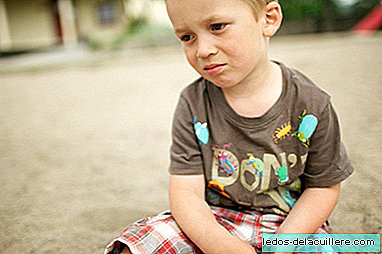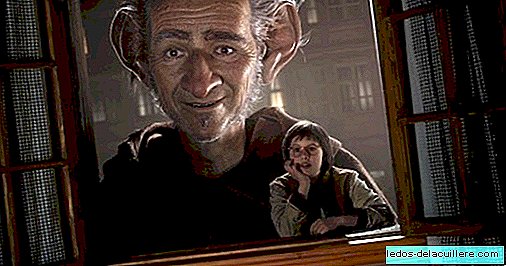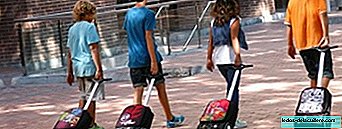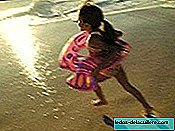
Sexual abuse of minors They have returned to the media after the arrest of an adult male who worked as a monitor in youth camps and recorded the abusive acts he performed with children. Fortunately, this problem gradually comes to light, and many people are aware that (judging by the figures) there are more abused children than we think.
We have already talked on occasion about the seven decisive steps to protect children in these situations: being informed, knowing the facts, providing support to the children and reporting, are among the necessary actions.
But how do you know if a child has suffered sexual abuse? It is not a banal issue considering the consequences that it has for the correct current and future development (of the minor). After suffering this type of abuse, all spheres of health are involved, and as parents we have the obligation to know the indicators, in order to have the information that would allow us to identify the problem (if any) and act correctly.
Child sexual abuse is a relationship between two people of which (and at least) one must be a minor. Among them there must be a relationship of inequality marked by age or power situation, which forces the use of the child for the purpose of sexual stimulation of the adult.
Therefore they are relations marked by asymmetry and coercion
We will present specific indicators of probable abuse and nonspecific. Especially with the non-specific ones, the circumstance that they respond to another type of problem may occur., but in any case - and as responsible for the protection of our children - we must analyze any negative physical, behavioral or psychological changes that occur, in order to find out the causes.
There is no single type of child sexual abuse behavior
Depending on the relationship between victim and abuser: we can talk about intrafamily abuse (which also includes those people who do not have family ties with the child, but are somehow responsible adults for the child: guardians, second partners of the mother or father, etc.)
Depending on the type of sexual contact that occurs, we will talk about:
1.- Abuses without physical contact, among which is exhibitionism, exposure to pornographic material, the imposition of witnessing sexual acts, etc.
2.- Physical contact abuse: touching, inappropriate caresses, penetration attempts, penetration (including digitally executed).
Do we know how to detect child sexual abuse?
Highly specific indicators:
Have reliable information, statement of the facts by the minor, medical report. And (of course) physical indicators such as lesions in the genital or anal area, bleeding from the vagina or anus, genital infections, early pregnancies.Probable abuse has happened if
In these cases, the hypothesis must always be assessed, as it may be true.
There are recurrent inflammations, redness and scratch injuries.
The child has hypersexualized or autoerotic behaviors that are uncommon at their age. (compulsive masturbation, performance of sexual games with representation of specific behaviors, sexual games with younger children, peculiar approaches to adults, ...).
And in the case of adolescent children, prostitution, promiscuity or excessive inhibition should be assessed.
The child has inappropriate sexual knowledge or an unusual curiosity for their age.
Adults living with the boy or girl have suspected abuse.
Adults who live with the child manifest a doubtful sexual behavior that may affect the child's education.
Nonspecific indicators
That may or may not be related to child sexual abuse, but (in any case) they are linked to situations of high stress, and their presence should raise our suspicions, or our interest in knowing the origin to solve the problem.Physical indicators: recurrent abdominal pains, headaches of idiopathic origin, eating disorders, regressive phenomena, urinary infections without organic or external cause.
Ipsychological ndicators or behavioral: post traumatic stress syndrome, hyperactivity, enuresis / enorpesis, sleep disorders, phobias or intense fears, compulsive behaviors or dissociative phenomena.
In any case, and in the suspicion that a minor is suffering sexual abuse, it is necessary that we strive to communicate with him to detect the origin of the changes it undergoes. And if the child presents several of the mentioned behaviors, we have suspicions, but we do not know how to act, it is necessary to immediately contact specialists: starting with the pediatrician, whom we can rule out if we realize that he does not have enough information.












